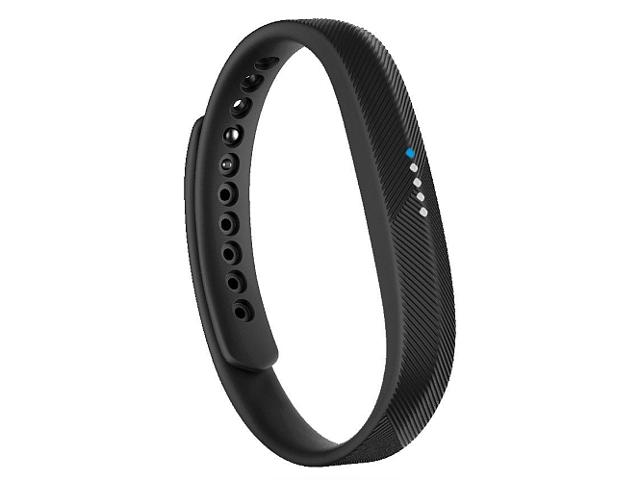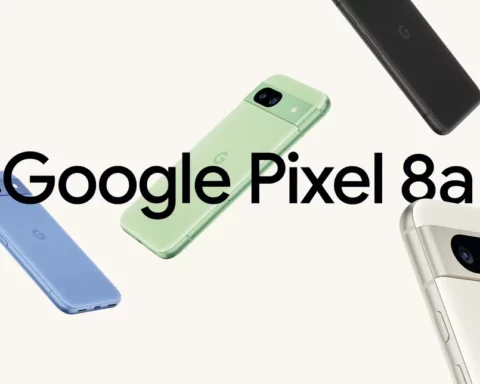
Fitbit has said that initial investigation into the recent incident of its Flex 2 fitness band catching fire on a women’s wrist was caused due to external factors. The women is alleged to have suffered second-degree burns.
In a statement, Fitbit has claimed that external environment led to Flex 2 to catch fire and it was not a case of malfunctioning. “Based on our initial investigation, including testing of her device by a leading third-party failure analysis firm, we have concluded that Ms. Mitchell’s Fitbit Flex 2 did not malfunction,” the company spokesperson told Engadget. “The testing shows that external forces caused the damage to the device.”
It has been found out that the Flex 2 fitness band’s lithium polymer battery did not overheat and that it has not received any other similar complaints. The company said that users can continue wearing the device permanently.
“The health and safety of our customers is our top priority and, as such, Fitbit products are designed and produced in accordance with strict standards and undergo extensive internal and external testing to ensure the safety of our users,” added the spokesperson.
Last week, Dina Mitchell, suffered second degree burns after her Flex 2 caught fire and tore off her arm, leaving melted plastic and rubber stuck on the wound. Mitchell said that she had been wearing the device for over two weeks.
Post the fire incident, the company had said, “We are extremely concerned about Ms. Mitchell’s report regarding her Flex 2 and take it very seriously, as the health and safety of our customers is our top priority. Fitbit products are designed and produced in accordance with strict standards and undergo extensive internal and external testing to ensure the safety of our users.”
Earlier this month it was reported that Fitbit’s first smartwatch plans have got delayed due to production issues . The smartwatch was originally speculated to launch in spring this year (April May 2017). However, production issues have reportedly forced the company to delay the launch. “In one of the more final prototypes, the GPS wasn’t working because the antennae wasn’t in the right place,” a source told Yahoo Finance. “They had to go back to the drawing board to redesign the product so the GPS got a strong signal,” adds the report.
1 min read
Fitbit blames ‘external forces’ for its Flex 2 catching fire






